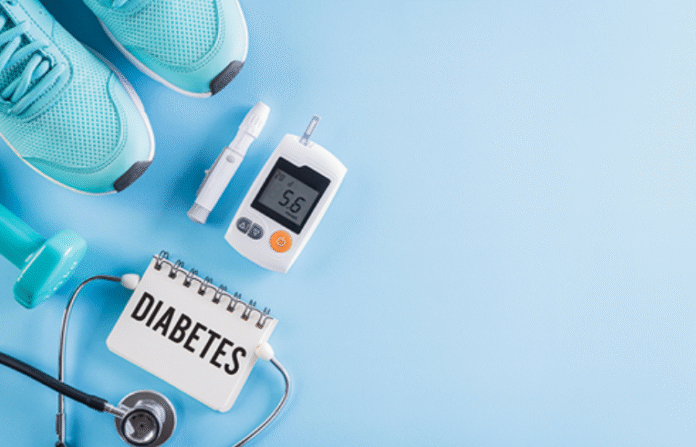New Delhi– Researchers in Australia have developed a groundbreaking artificial intelligence (AI)-powered tool that could dramatically change how type 1 diabetes (T1D) is diagnosed and managed.
Developed by a team at Western Sydney University, the tool uses an innovative metric called the Dynamic Risk Score (DRS4C), which leverages blood-based microRNA data to accurately assess a person’s risk of developing T1D. It also helps predict how well a patient will respond to treatment, enabling earlier and more personalized intervention.
“T1D risk prediction is especially timely, as therapies that can delay disease progression are becoming available,” said Professor Anand Hardikar, lead investigator from the university’s School of Medicine and Translational Health Research Institute. “Since early-onset T1D—particularly before age 10—can be especially aggressive and is associated with a reduction in life expectancy of up to 16 years, early detection is vital for better outcomes.”
Published in Nature Medicine, the study analyzed molecular data from 5,983 participants across India, Australia, Canada, Denmark, Hong Kong, New Zealand, and the United States. The researchers validated their AI-enhanced risk model in an additional 662 individuals.
One of the most promising findings was the tool’s ability to predict, just one hour after therapy, which patients would likely remain insulin-free—an early indicator of treatment success.
Beyond identifying risk and gauging treatment efficacy, the tool also shows potential in distinguishing between type 1 and type 2 diabetes—an often challenging clinical task.
Dr. Mugdha Joglekar, a lead researcher on the project, explained the difference between genetic and dynamic risk markers. “Genetic markers give a static picture—like knowing you live in a flood zone,” she said. “Dynamic risk scores are like checking the rising water levels in real time. They allow for responsive and stigma-free monitoring of current health risks.”
The AI-driven tool represents a promising advancement in precision medicine and could become a critical resource for clinicians working to prevent or delay the onset of type 1 diabetes worldwide. (Source: IANS)






